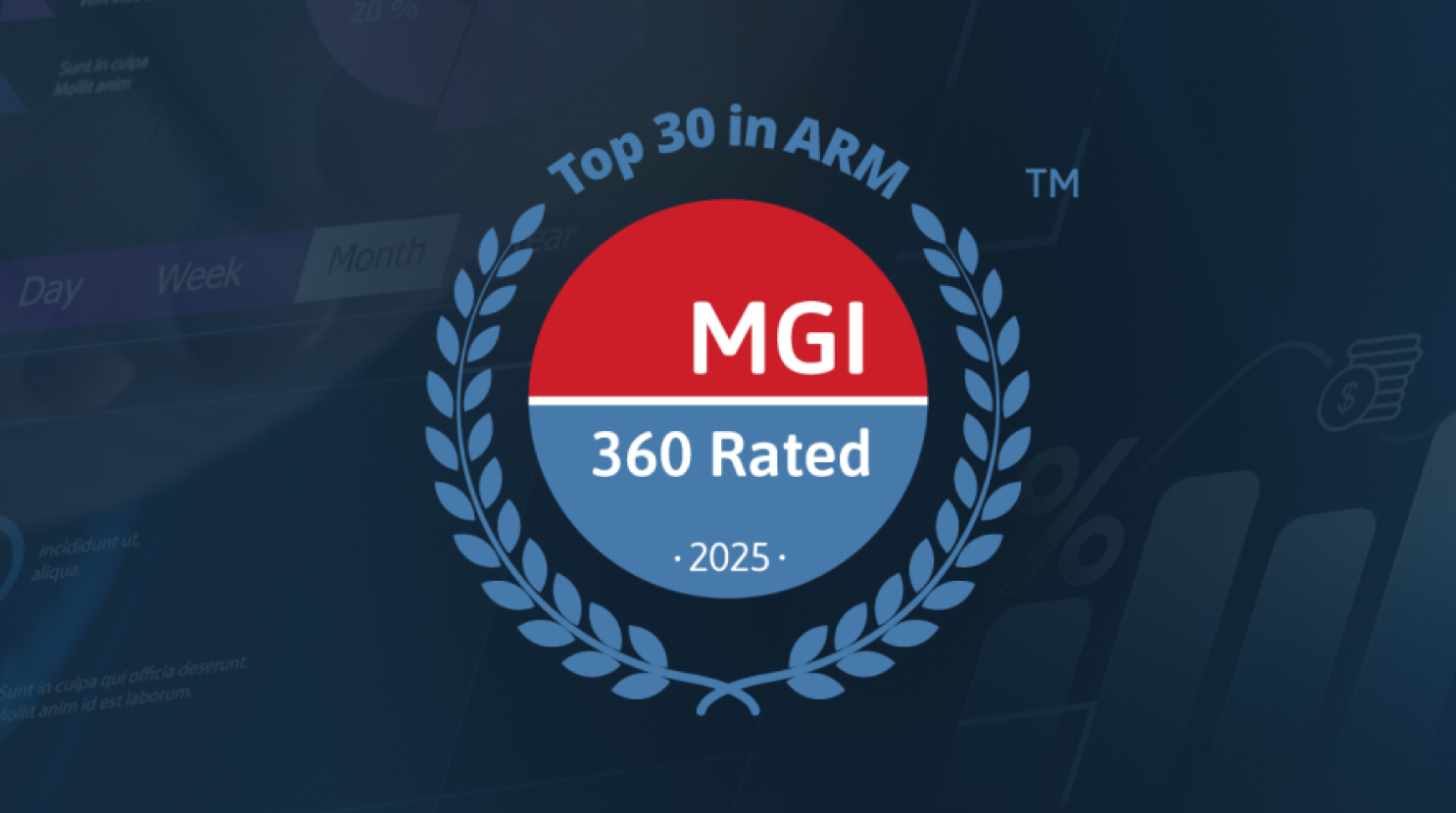Welcome to The Margin, a newsletter designed to keep you on the leading edge of monetization.
In business, the difference between being ahead of the curve or slow to adapt is anything but marginal. The Margin aims to be the most useful, timely, and incisive ping that hits your inbox all week. It includes critical research and analyst insights to inform short and long-term decision-making.
Here’s what you need to know:
MGI is currently making final edits before publishing the Agile Billing Top 50 – a comprehensive buyer’s guide to the agile billing market. This report, which will be published on JUNE 28, will include:
- MGI 360 Ratings™, featuring quantitative scores in Product, Management, Channels, Strategy, and Finance dimensions, for 35 leading billing vendors
- 15 additional write-ups on “honorable mention” billing suppliers who show promise but don’t yet merit an official 360 Rating™
- Analysis of the key trends, emerging functional requirements (and table stakes functionality), and best practices shaping the agile billing market over the years to come
- Updated MarketLens™ charts that map billing solutions’ Agility vs. Complexity, Complexity vs. Volume, and Product Strength vs. Go-to-Market Strength. The unlabeled Product Strength vs. Go-to-Market Strength MarketLens below provides a preview – full details will be published in the report.
MGI will also publish separate Use Case Notes™ for all 35 billing vendors who receive official 360 Ratings.
- The MGI Use Case Note™ describes the Ideal Use Case of a given supplier, breaking down the solution in terms of target company size, business model, geography, tech ecosystem, primary verticals, agility and complexity requirements, investment level, and more.
Now let’s dive a bit deeper.
Research Spotlight
To create this extensive report, the MGI team has spent the last six months speaking to the vendors, investors, and customers who populate the agile billing market. In the course of conducting this rating process, a few things have become very apparent to our analysts:
1. Most companies do a poor job of understanding their ideal use case and their ideal customer profile (ICP).
Conducting the 360 Ratings process has exposed just how few companies can clearly and concisely articulate the market segment they are attempting to sell into. However, it is crucial for software providers to have a very sharp definition of the use cases their solution addresses best, and the customers who are a good fit for those use cases.
- Even vendors with flexible products that are sold to a broad set of users should be able to quickly describe their solution’s use case.
- Vendors don’t do themselves any favors by going after prospects they can’t adequately support. To create repeatable marketing and sales motions, less is more.
This MGI Use Case Note™ for Opencell (who will be 360 Rated™ in the upcoming report) provides a concrete example of how companies can narrow their ICP and communicate it to prospects.
2. Most companies underinvest in reference management.
Customer references are the most powerful selling tool companies have. Yet the experience of speaking with references is all over the place (and we’ve spoken with quite a few). There is little in the way of a standardized process, references are rarely informed about the purpose of the interviews, and a shocking number of companies unwittingly provide negative references.
Here are recommendations for vendors as they provide customer references to prospects, investors, and industry analysts in the future:
- Reference feedback overwhelms any memory of how good or bad the product is from a briefing/demo. Even the most informative briefing and spiffiest product demo will be overshadowed by an unenthusiastic or resoundingly unhappy customer story – and vice versa.
- Companies who a) share references earlier in the process, b) facilitate scheduling so it isn’t a nightmare, and c) ensure they are sharing satisfied and credible customers as references will inevitably fare better in any evaluation cycle.
- Every company thinks they have good references – most are wrong. Empirically, we find that at least 10-12% of all references are outright negative. If it’s been a while since your organization spoke with its customer references, consider checking in with them. The MGI team has spoken to multiple “highly valued” accounts only to hear that these customers would never recommend the product in question. Ask yourself – are you sure your references are positive? Are you really sure?
- Beyond negative references – many companies have no customer references whatsoever or are afraid to share them for fear of burning out these relationships with overuse. The inability to provide references stands out as prominently as a missing piece of core product functionality.
The bottom line | Investing in reference management makes a tangible difference in the way a vendor’s brand is perceived – by current customers, prospects, partners, investors, and market analysts.
- Most software providers need to revamp their reference management process, whether using a reference management solution like Verified or something else. Automation, metrics, and analytics are key to success.
So What Have I Missed?
The Topical 20 | Our most recent and relevant research that will help you keep your finger on the pulse of AMP disciplines.
1. Going Global With E-Commerce
2. Tech Trends: Mapping the Software Industry
3. Configure-Price-Quote (CPQ) TAM Forecast 2022–2026
4. The Future of CLM Is Data-1st
5. Declouding: Will Curiosity Inspire Action?
7. Q2C Success: What Does It Take To Achieve Excellence?
8. 2024 Tech Budgets Preview — Webinar
9. Here Comes Usage! Adopting & Optimizing Consumption Business Models — Webinar
10. The Agile Billing Top 50 Webinar
11. The Agile Billing Top 50: A Buyer’s Guide
12. MGI Forecasts: Service-as-a-Business (SaaB) Software Global TAM Forecast 2022–2026
14. Survival of the Fittest: Managing Extreme Economic Uncertainty
15. The Global Tech Market Is Bigger Than You Think
16. Is Software Still Eating the World?
17. Not a Typical Recession: Making Sense of the Global Economy
18. Use Case Note™: Opencell in Agile Billing
19. 360 Rating™: Icertis in CLM
20. The 13 Deadly Sins of Agile Monetization
and 32 other Use Case Notes!
The Evergreen Archives | Curated past research that is still pertinent today.
1. Quote-to-Cash Is Dead; Long Live Prospect-to-Disclosure
2. What Every CEO Needs to Know About Subscription Business
3. Evolution of MoR into Monetization as a Service
4. Mediation 2.0: Taking on the Data Challenge in Agile Billing
6. Headless eCommerce Architecture: Is eCommerce Losing Its Head?
That’s all for this issue of The Margin. If you’ve made it this far, we’ll certainly see you next time.
Warm Wishes, MGI Research



